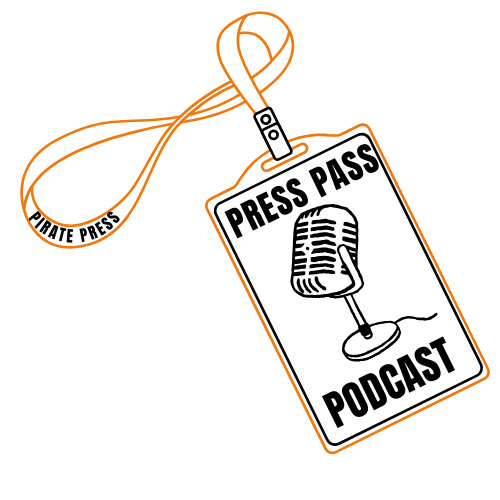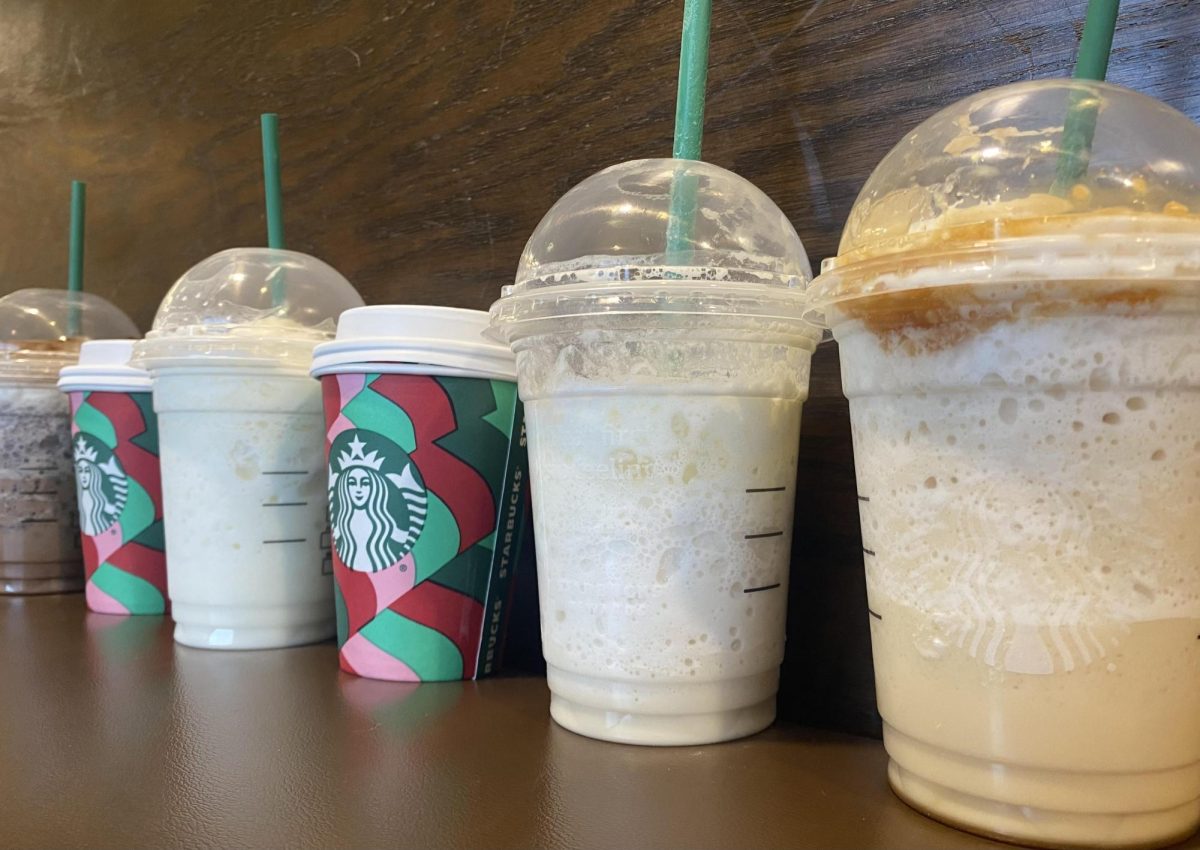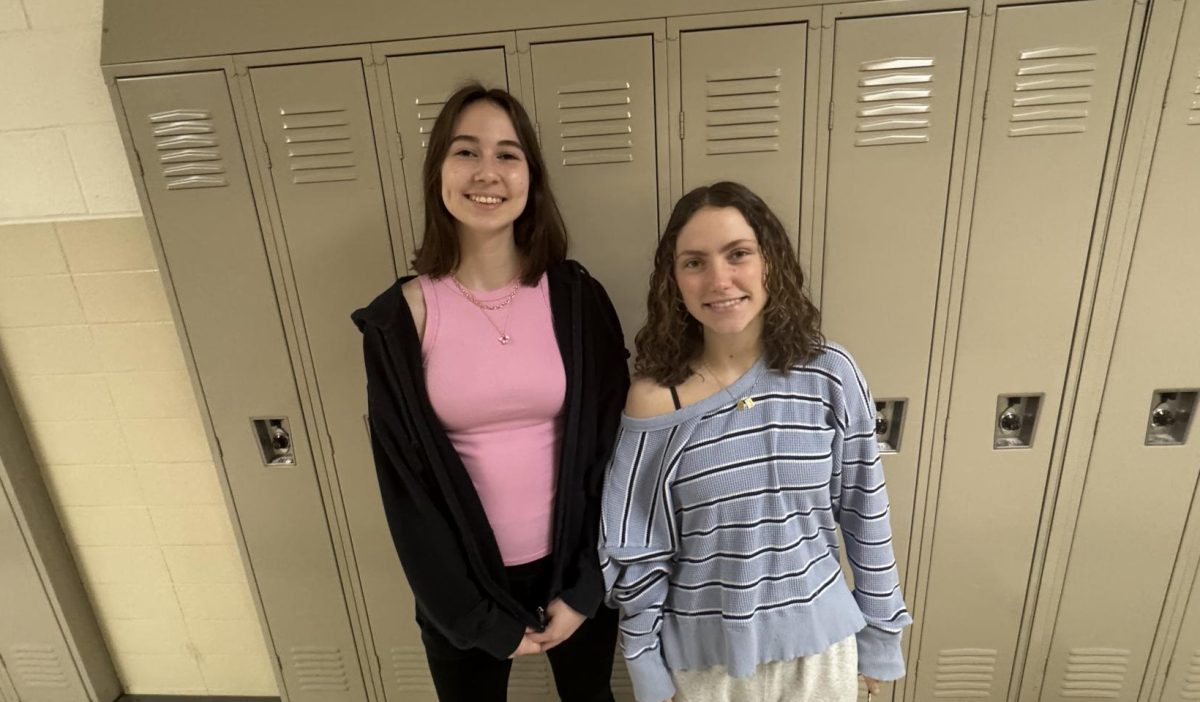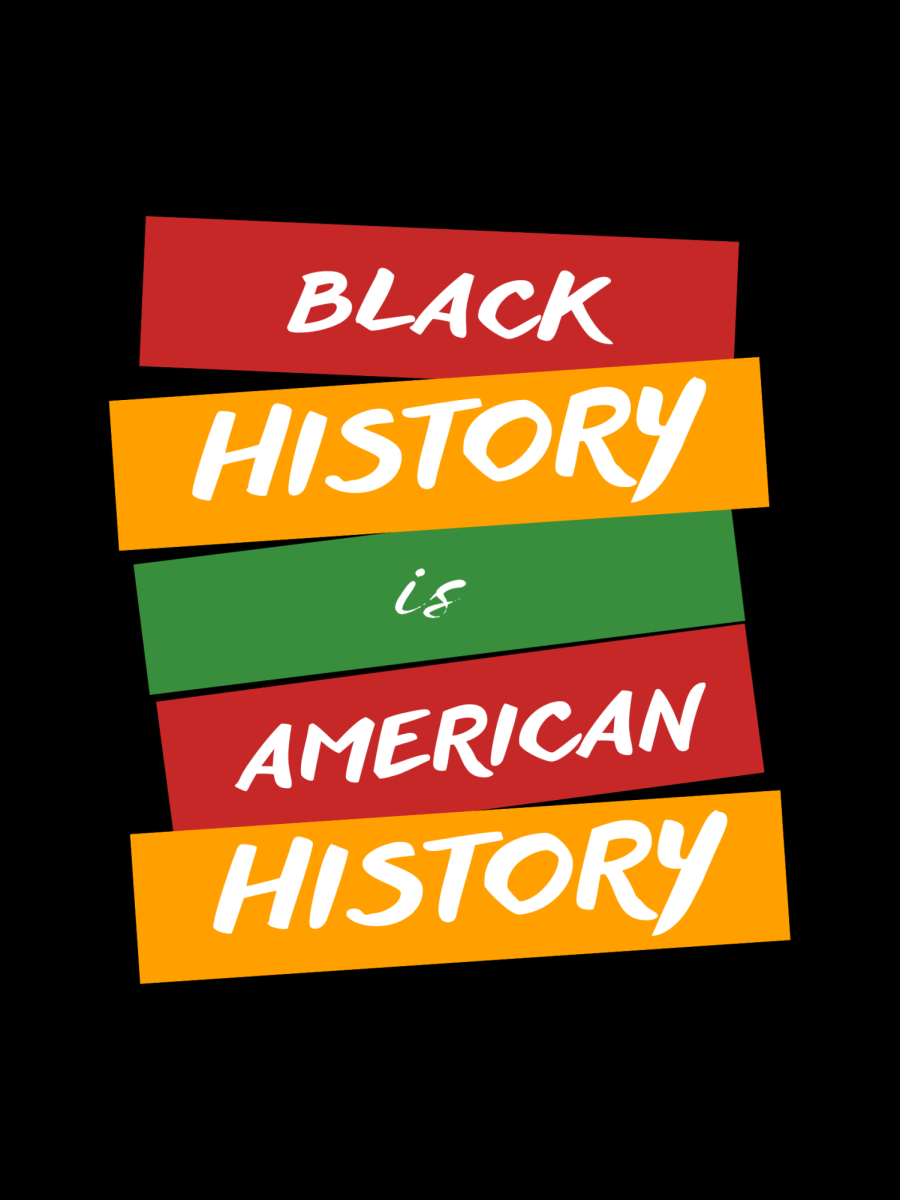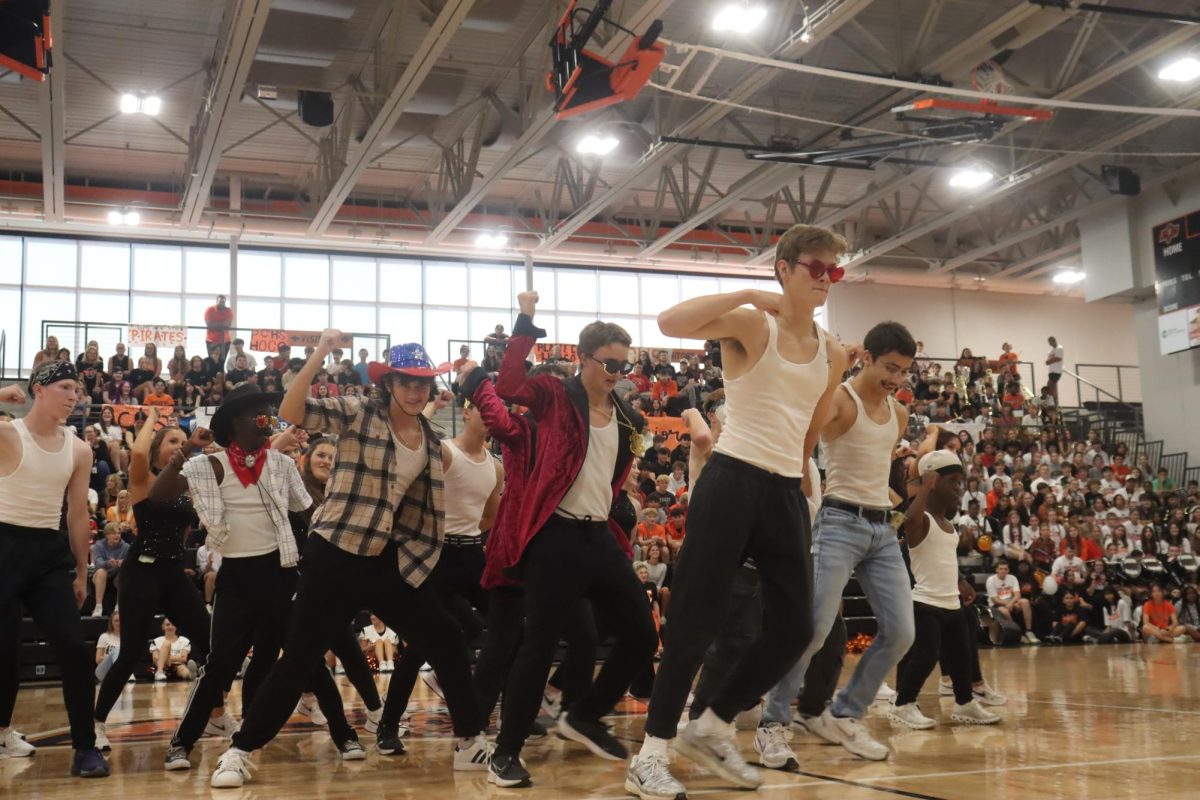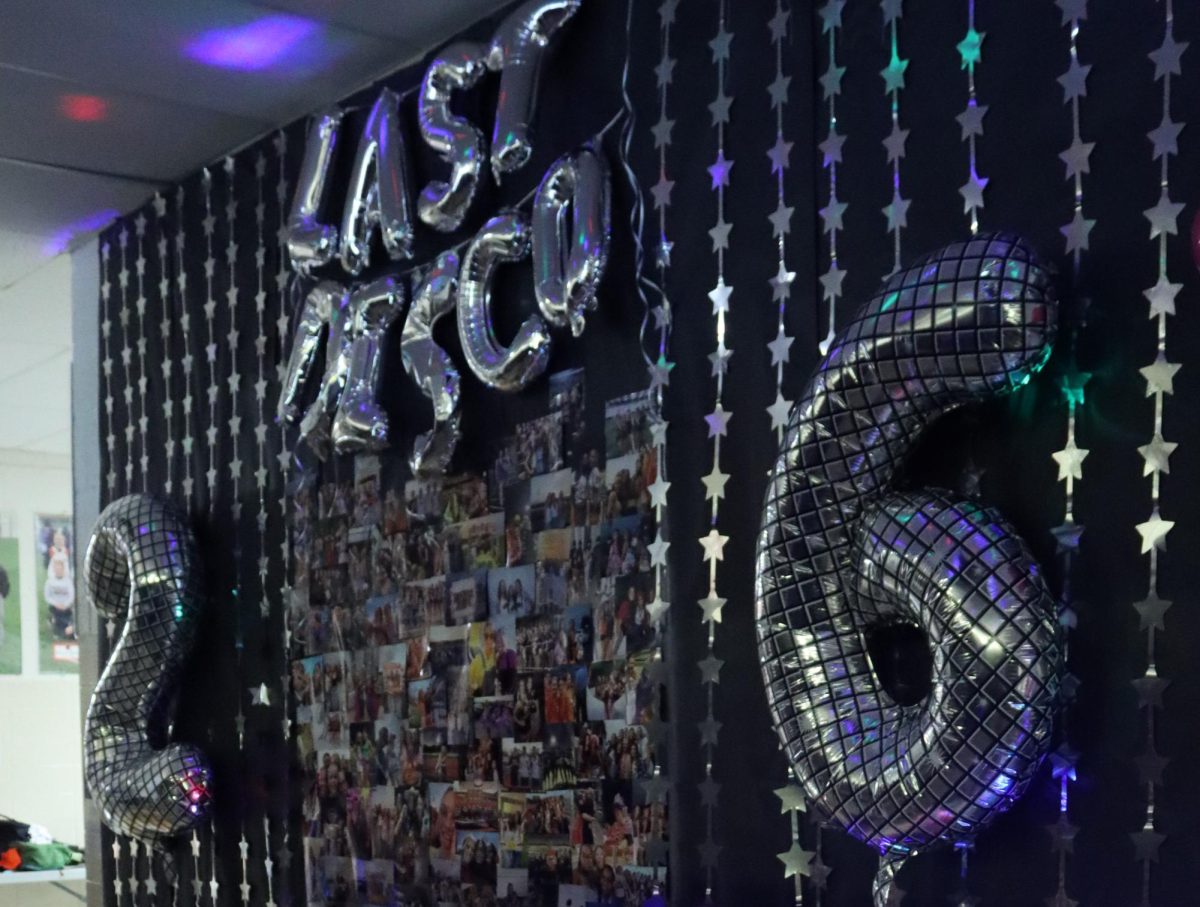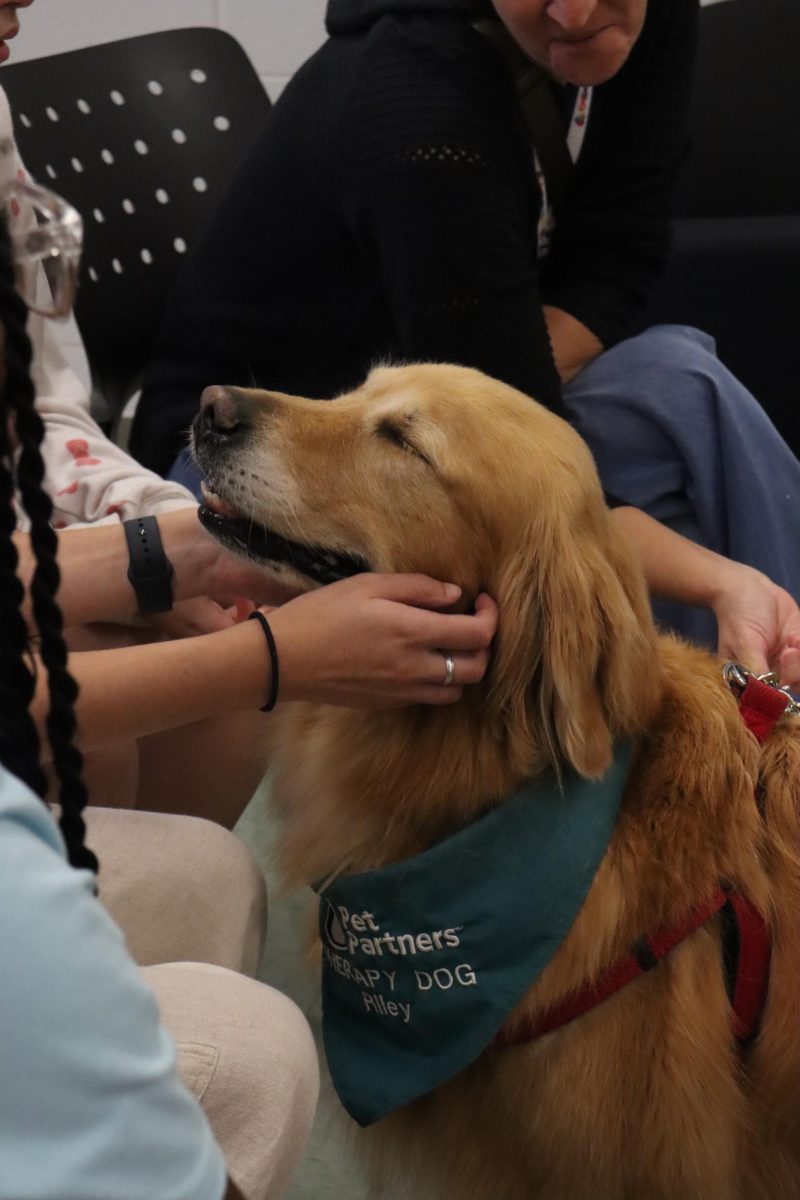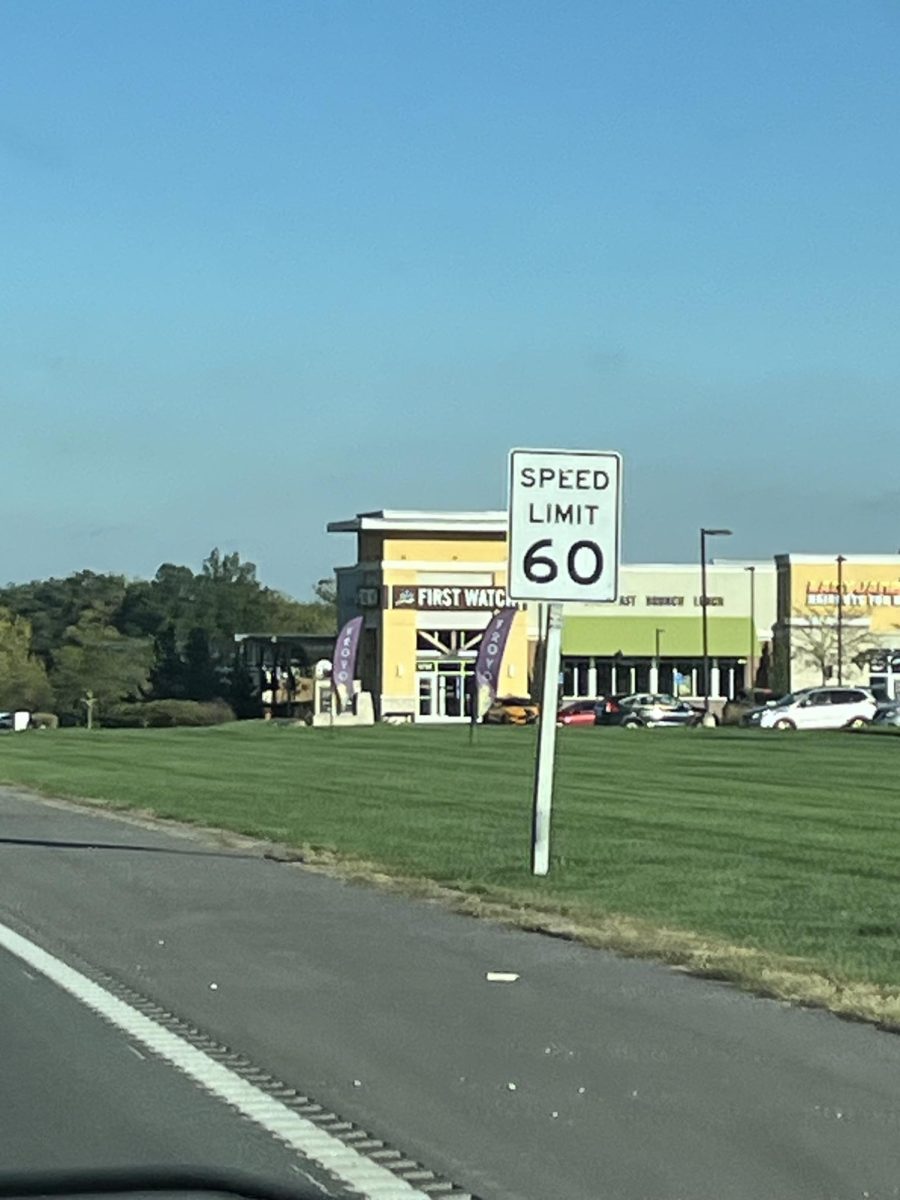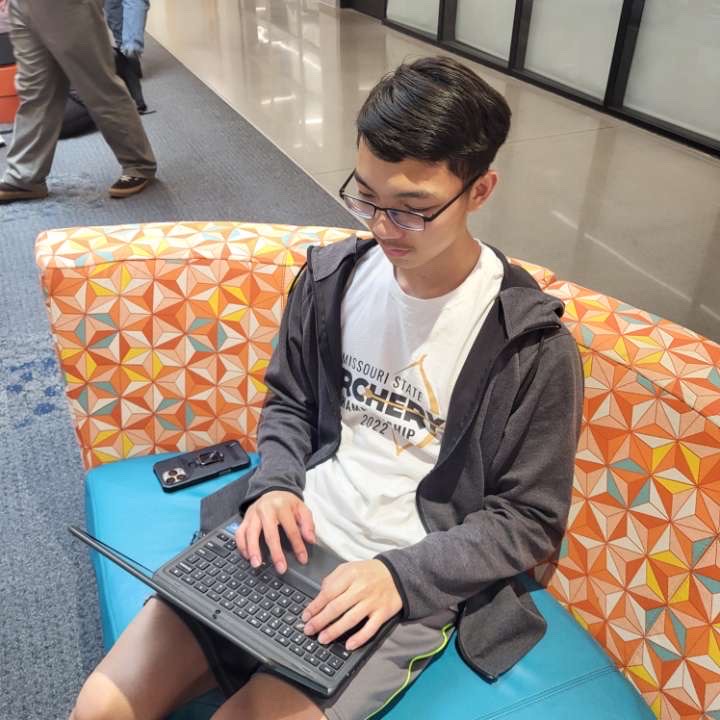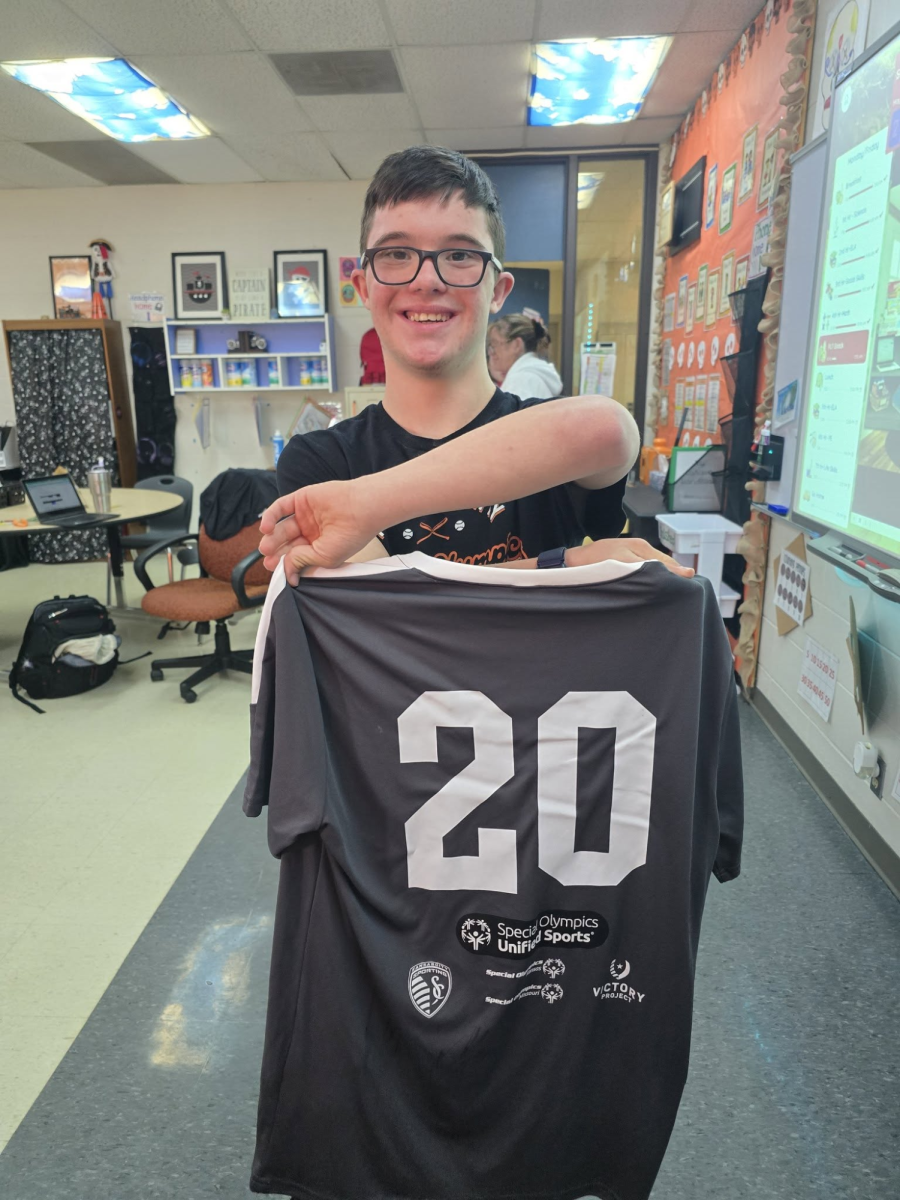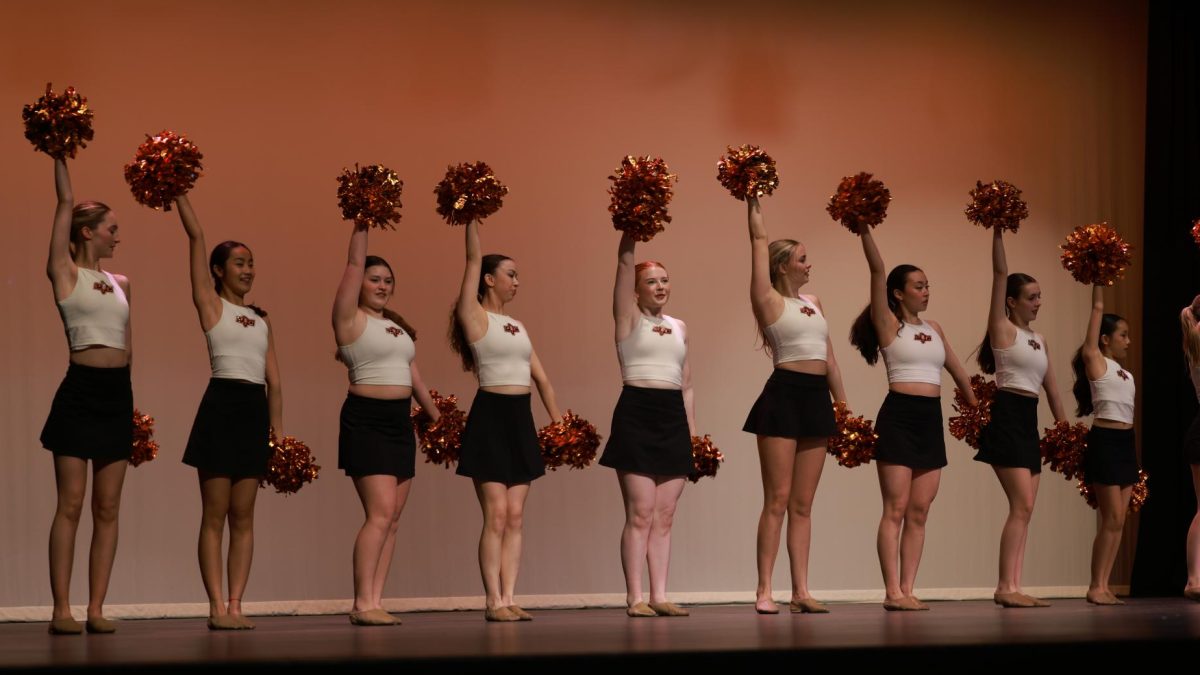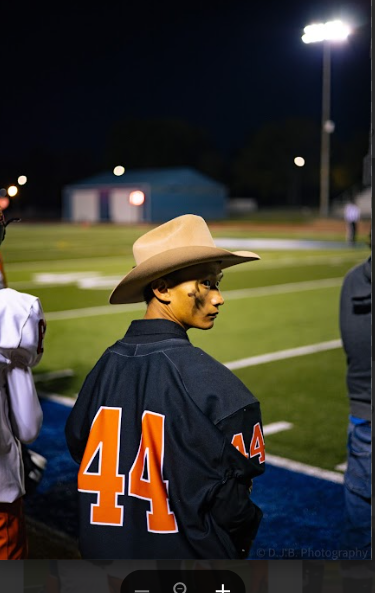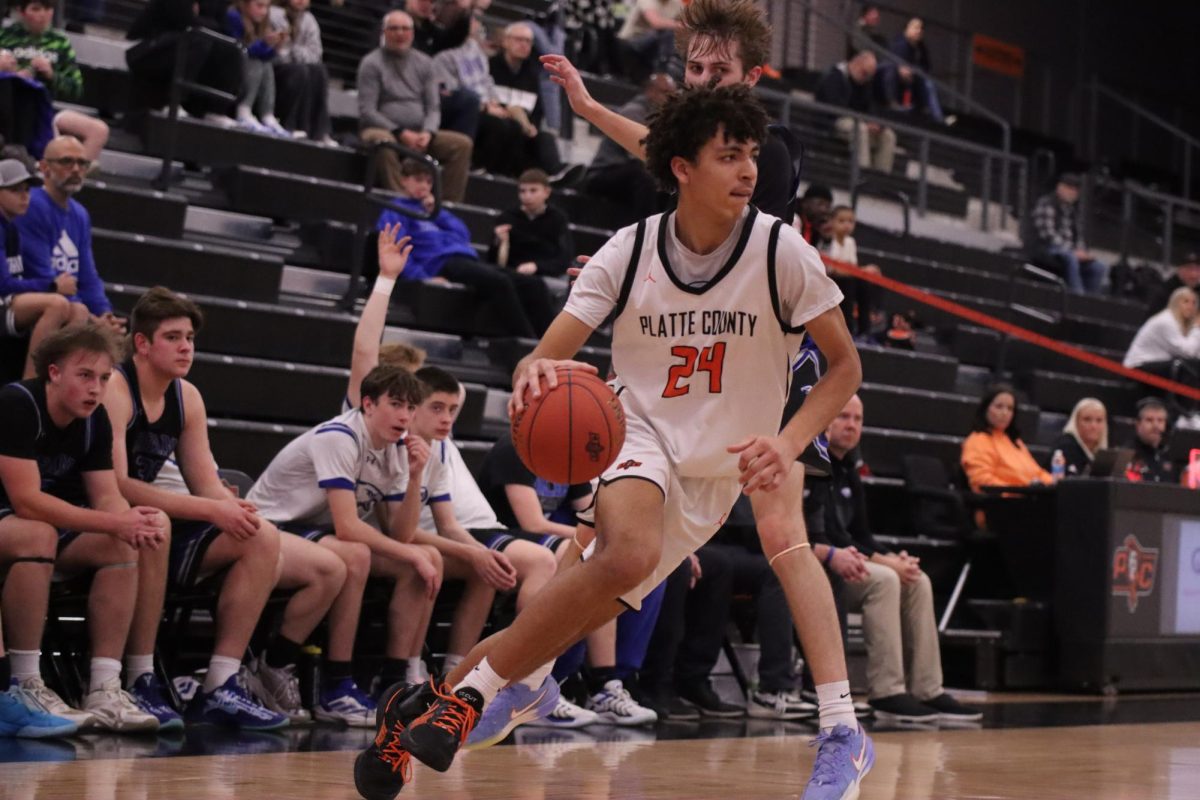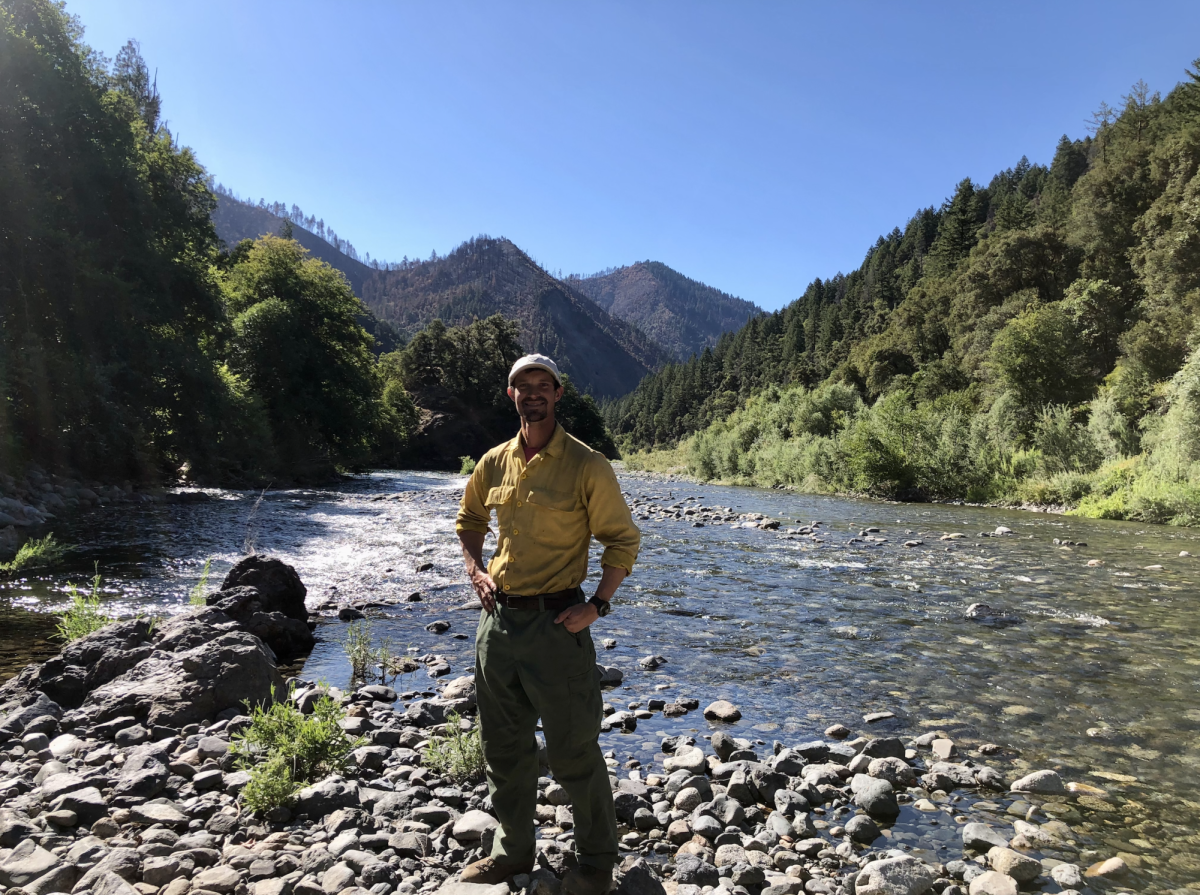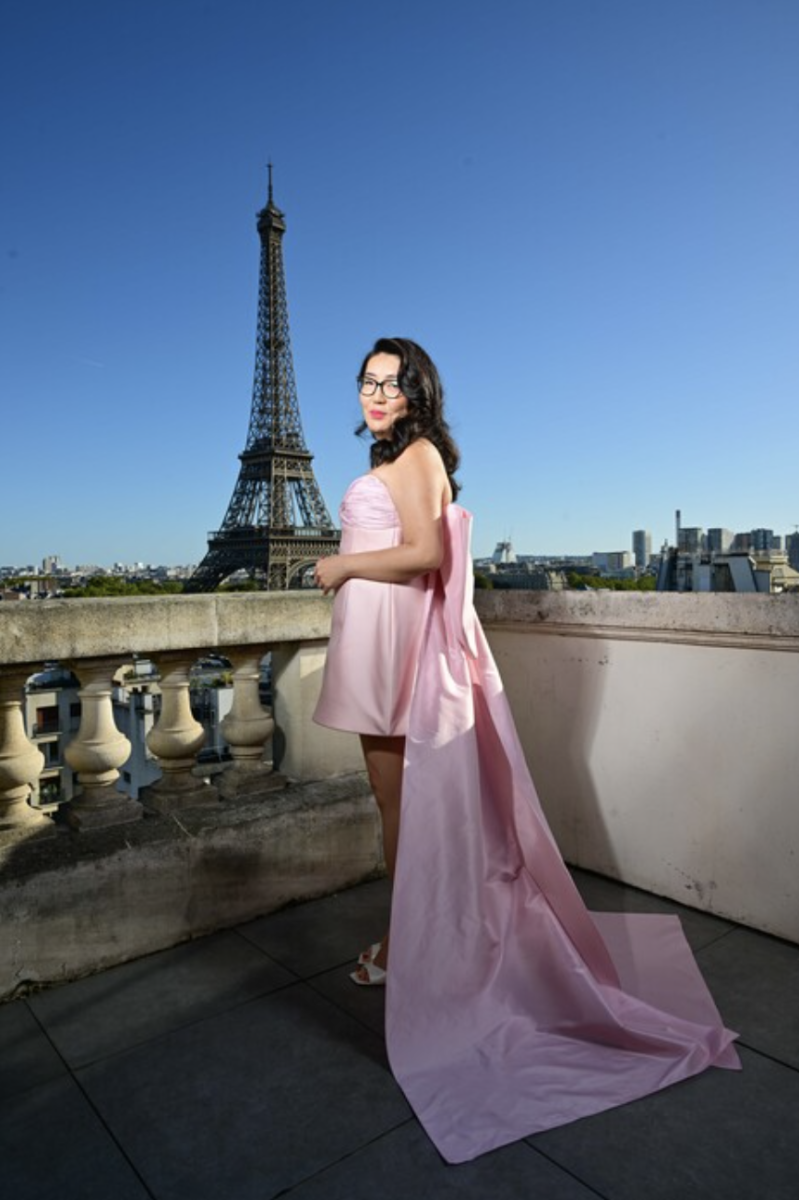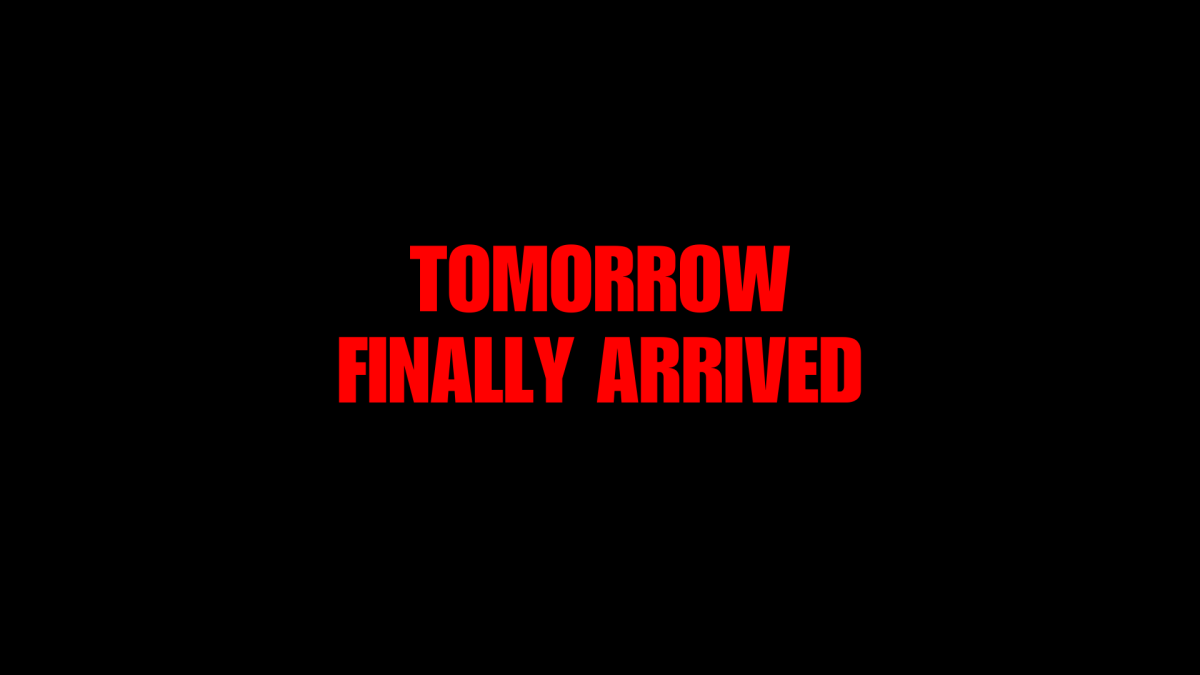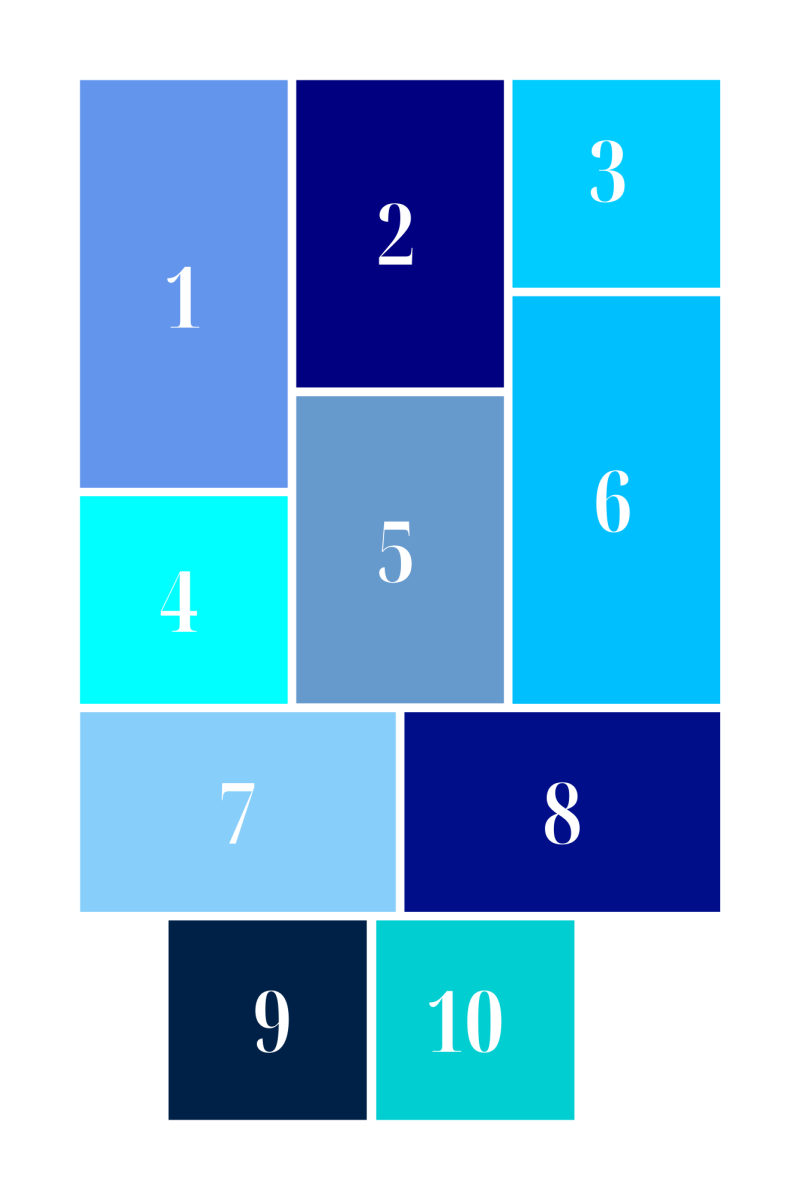So much happens behind the scenes to put together a high school musical production. The theatre department opens Mamma Mia tonight after months of preparation on and off stage, including hair, makeup and costume design.
“A lot of people are going to know it from the movie, and so we kind of look at that and reference that color wise. But we also get a lot of inspiration from the characters in general and their personalities and goals, and a lot of
color association.” senior Kaitlyn Seim said, a current senior designer in the theater department.
Erica Glidewell, director of the theater department, assists with the process and adding to the student inspiration.
“You have to do a lot of research historically, of the place, the time period, and kind of what influenced those characters too.-It’s really just a lot of Googling and a lot of looking at pictures,” Glidewell said.
“We kind of looked off of Broadway, and partially from the movie and combined those with the 90s look.” says Kendall Heckman, another senior designer for the Mamma Mia show.
With a lot of work being put into being inspired and putting together all of these ideas, the next step is going out and bringing these designs to life. An active theater department student, and co-costume designer sophomore Keston Wimberly shares information about the process of making costumes.
“[We] get our costume pieces, see how we want to style it, or what we want to add on to it–we don’t really want to just buy the costume and call it quits, because we just want to make it better in any possible way.”
Wimberly’s two cents shows that there is a lot more work that comes into designing costumes. Buying them, making them, but then also altering them and adding more to them.
“[We] use color to represent Tonya and Rosie, like the mini version of them are Ali and Lisa, and so we give them the same colors, but just like softened a little bit,” Seim said.
These thoughtful color schemes give a deeper meaning to the characters. Not only are they personalized, but they relate to other characters in the show. Describing the process of the costume designing process and sourcing costumes.
“We purchase a lot, and we borrow a lot, and we pull a lot from stock of what we have. – We go to Amazon, Walmart, we go to thrift stores. Students will bring stuff and it might not work, or we buy stuff and it might not work, and we have to make changes or plans,” Glidewell said.
It’s important to face your fears when designing a show. Especially if you might be afraid of spiders.
“We have a storage unit that we also go to look at. It’s full of costumes and spiders and then we also have a green room, with some of our previous shows of costumes.”
With all of these designs being brought to life, it’s a challenge to keep everyone satisfied with their ideas being brought out.
Kaitlyn Seim talks about the process of working with other designers for the show,
“There’s a lot of collaboration between inspiration and ideas. We make a slideshow, put up inspo pictures, we look at the face of the character—face shape and features, skin tone, hair type– into something cohesive.”
Heckman adds on to Seim’s thoughts regarding designing and making Glidewell’s vision come to life, “There’s different ideas and different perspectives on what you see the show as, and that’s cool. Glidewell just kind of says this is like, kind of your limitations, which are very vague. It’s just up to us and what we feel like.”
Wimberly shares gets into detail about collaboration, and how the process continues in a cycle. Not only do you bring the designs to life, but flexibility in continuing to improve them is very important. “It’s the costume designers visions, and then Glidewell is either like, oh, that’s not what I was envisioning, or yes, that’s great. And then how can we make that better?”
Story continues below advertisement


